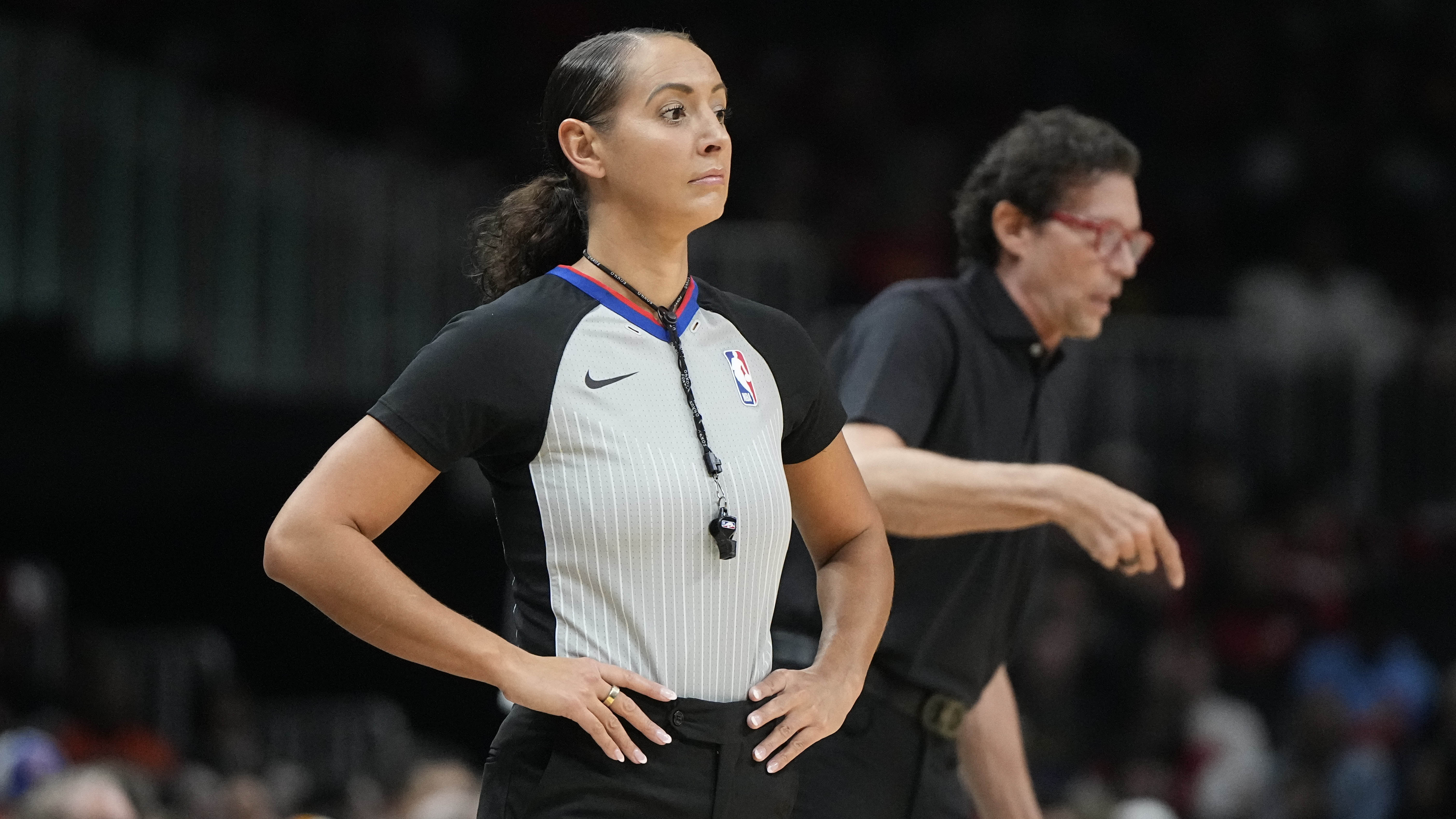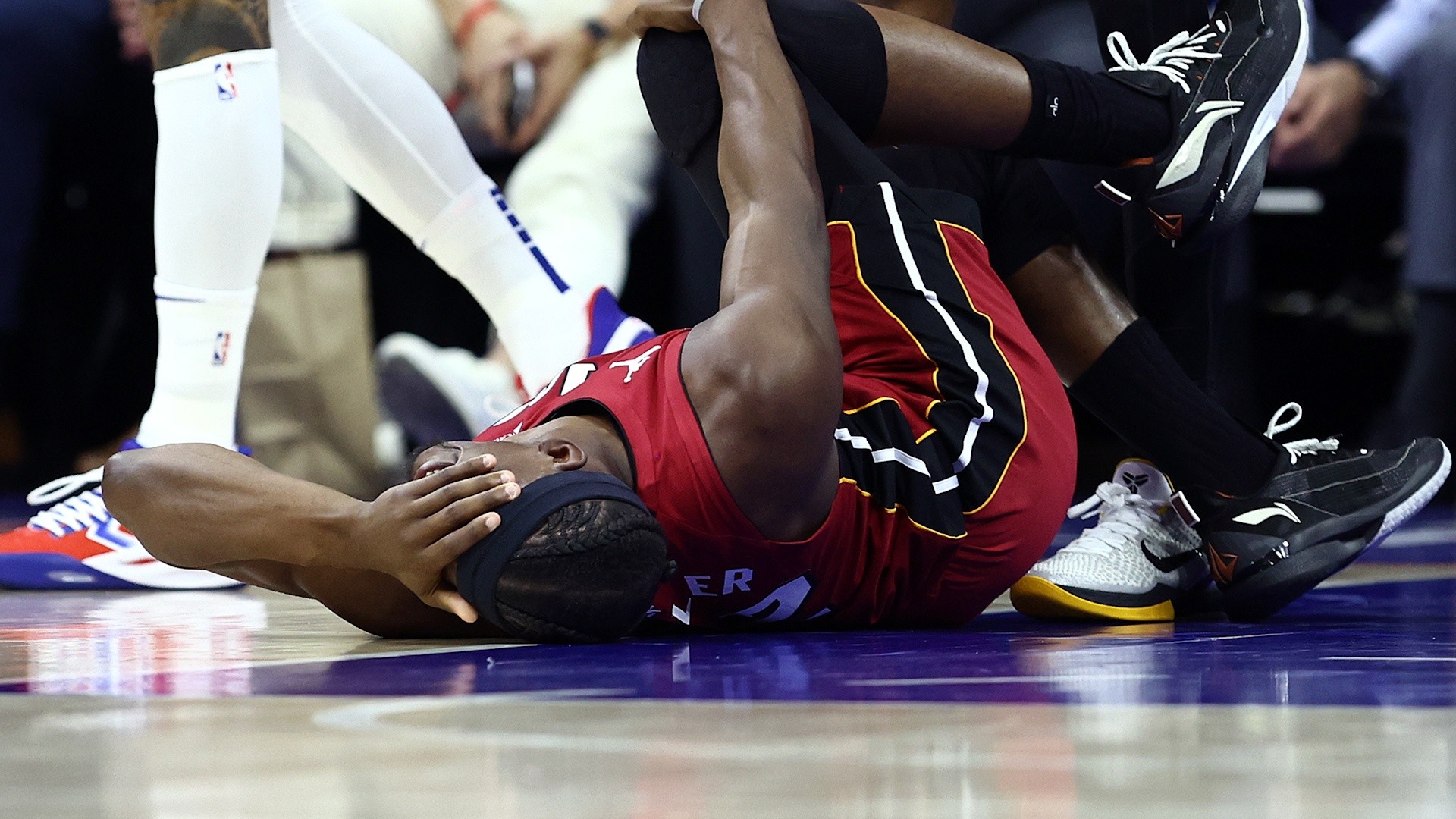The NBA offseason has been a bull market for free agency. The league's massive new television agreement virtually triples the amount of money the NBA makes from rights fees, compared to its previous deal. With a higher salary cap, teams could spend millions of dollars on new players during the free agency period. The question for all teams became: how could it most effectively spend this new money on players that would have the greatest overall impact on their organization.
The Bulls made several notable free agent moves this summer. The biggest transactions involved a trade between the Bulls and New York Knicks headlined by Derrick Rose and Robin Lopez, the signings of Dwyane Wade and Rajon Rondo, and not re-signing Joakim Noah or Pau Gasol. Many fans are still debating whether these moves will help the Bulls return to their winning ways and enable them to once again make the playoffs.
However, Block Six Analytics Revenue Above Replacement (RAR) model shows that the Bulls should be a clear winner in acquiring new players that can generate more potential revenue for the team. RAR evaluates how an individual player’s on-court and off-court performance impacts a team’s ability to make money. Why on-court and off-court factors? While winning is important, NBA teams don't only generate revenue based on their on-court performance. For example, the Bulls had the highest overall attendance this year despite not reaching the postseason. Therefore, players should not be judged solely by their on-court performance.
[GROSSMAN: Kevin Durant's Golden State decision is a winner for the NBA]
To evaluate both factors, RAR uses regression analysis to determine what percentage of a team’s revenue is generated by its on-court and off-court performances. For on-court performance, RAR uses one of the most common on-court analytics called win shares to determine an individual player’s impact on a team’s ability to win games. According to Basketball-Reference.com, a “win share” is a “way to divvy up credit for a team’s success” to each individual player based on how his offensive and defensive production — essentially his points produced – points allowed — compare to league averages. For off-court performance, we examine a player’s individual revenue contributions via jersey sales, media exposure, social media presence, and fan engagement. We then apply a player’s on-court and off-court impact to his team’s revenue streams to determine his overall value.
The Bulls added $8.6 million in value through the players they signed based on 2015-16 results. Gasol generated the most of the three major players no longer with the Bulls at $31.4 million last season. Rose was second at $23.5 million and Noah was third at $7.8 million. This means that these players contributed a combined total of $62.7 million for the Bulls. In contrast, Wade generated $29.3 million for the Miami Heat, Rajon Rondo generated $22.4 million for the Sacramento Kings and Lopez generated $19.6 million for the Knicks for a total of $71.3 million.
[SHOP: Gear up, Bulls fans!]
NBA
We also used RAR to examine how the new and old Bulls should perform next season. What we discovered is that our 2016-17 projections create an even larger gap. Wade, Rondo, and Lopez are projected to generate a combined $104.3 million for the Bulls. Rose, Noah, and Gasol are projected to generate a $63.2 million combined for their respective teams. Part of the increase in value is due to the NBA’s new television deal, however, each team receives an equal share of this revenue. That means the increase in television rights fees does not explain the difference in value. It is Wade and Co.’s ability to generate interest, excitement, and engagement among fans, media, and sponsors that is the primary driver of the Bulls projected revenue success.
The no. 1 priority for the Bulls is to have a winning team. However, the Bulls are also business, and the team’s business does not rely solely on how it performs on the court. The players should also not be solely measured by how they perform on the court. By taking on-court and off-court factors into account, the Bulls maximized the team’s likelihood of business success through offseason moves.
Ross Chumsky also contributed to this story.
Adam is the CEO and Founder of Block Six Analytics. He is also a lecturer for Northwestern University's Masters of Sports Administration and the co-author of The Sports Strategist: Developing Leaders For A High-Performance Industry. Ross is a Partnership Analyst at Block Six Analytics.


